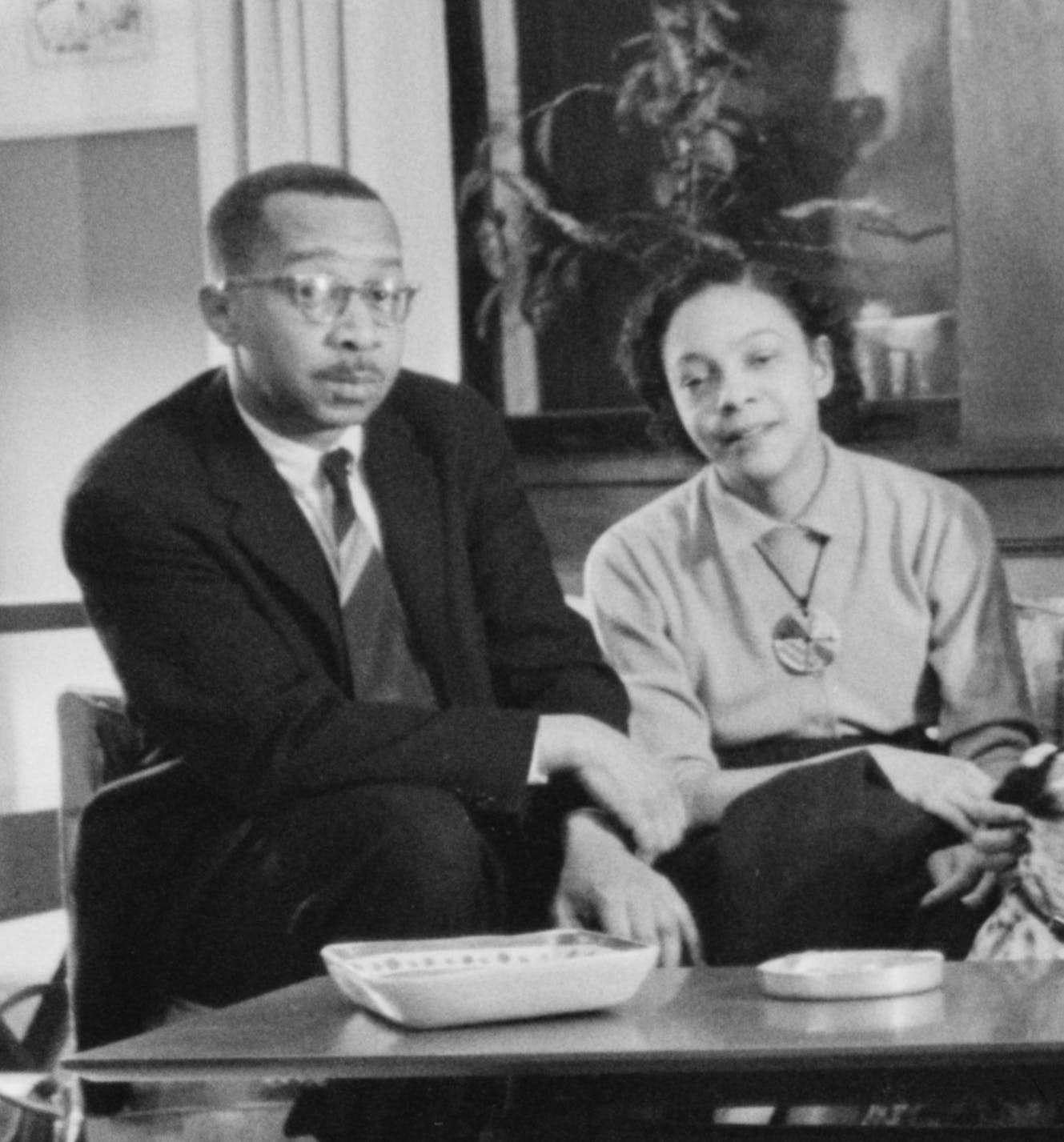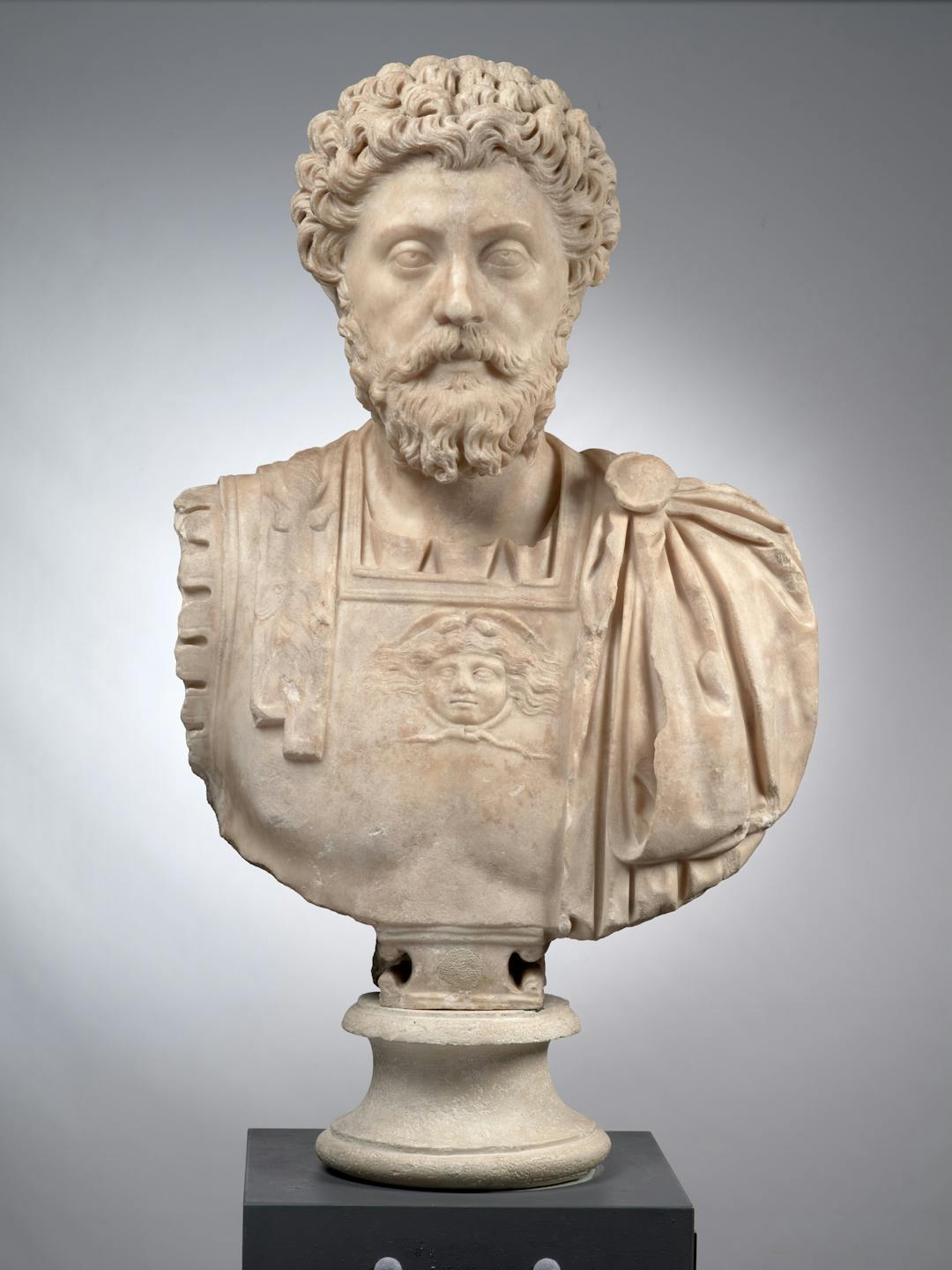Kenneth and Mamie Clark
Four baby dolls in the U.S. Supreme Court
Intro
Kenneth Bancroft Clark and Mamie Phipps Clark were a married team of American psychologists who were active in the Civil Rights movement and are most known together for their research on black children.1 The Clarks were the first African Americans to obtain PhDs in psychology from Columbia University. This launched their research on internalized research and the effects of segregation. Most notably, the Clarks conducted the “doll test”, studying children’s preferences for black versus white dolls.1 Their scientific expertise combined with their passion for research on black children allowed them to testify as expert witnesses under the U.S. Supreme Court, in several school desegregation cases. Their work contributed significantly to both the field of psychology and the social fabric of their time, moving toward equal education for black children.
The discrepancy between identifying one’s own color and indicating one’s color preference is too great to be ignored. The negation of the color, brown, exists in the same complexity of attitudes in which there also exists knowledge of the fact that the child himself must be identified with that which he rejects.
- Kenneth and Mamie Clark
On their shoulders
For millennia, great thinkers and scholars have been working to understand the quirks of the human mind. Today, we’re privileged to put their insights to work, helping organizations to reduce bias and create better outcomes.
Top Innovative Ideas/Concepts/Legacies
Kenneth and Mamie Clark are most known for their experiment with white and black baby dolls, which was used in the U.S. Supreme Court in the 1954 case of Brown v. Board of Education.2 The Clarks’ innovative contribution to desegregation in the American education system would not have been possible without their scientific expertise in the field of psychology. The idea for their doll experiment came from Mamie Clark’s master’s thesis which worked with children in an all-black nursery school, titled “The development of consciousness of self in negro pre-school children.”1 At this point, Mamie was studying at Howard University and with Kenneth, who was also studying at Howard University, they extended her master’s research on self-identification in black children. Ultimately, the Clark’s doll experiment demonstrated an internalized racism and the overall negative effects of school segregation on African American children. Essentially, the doll test presented four dolls to 3- and 4-year-old children: two with brown skin and black hair; two with white skin and yellow hair.3 Aside from the skin and hair color of the dolls, they were identical in all other respects. Presented with the dolls, children were asked questions regarding which doll looked bad, which doll had the nicer color, which doll they would play with, and which one was the nice doll. The results of the Clarks’ experiment showed that the majority of black children had a clear preference for the white doll, saying the black dolls were “bad” and that the white dolls most looked like them. To the Clarks, these results lent to the conclusion that African American children were aware that their skin color was a sign of inferiority. The study suggested that segregation directly harms children, and society by extension of the negative attitudes it perpetuates. Notably, the study was conducted before the Clarks were aware that their results would be used to advance the purposes of the National Association for the Advancement of Colored People, speaking to their credibility.4 As a result of the doll experiment, the Clarks testified as expert witnesses in several school desegregation cases, including the famous 1954 case of Brown v. Board of Education.2 The case was a landmark decision of the U.S. Supreme Court, ruling that state laws of racial segregation in public schools was unconstitutional in a 9-0 decision, on the basis that it violated the equal protection clause of the 14th Amendment. The Clark’s doll experiment was cited as providing ample psychological support for the case of African American children feeling inferior. Specifically, Chief Justice Earl Warren wrote, “To separate [African American children] from others of similar age and qualifications solely because of their race generates a feeling of inferiority as to their status in the community that may affect their hearts and minds in a way unlikely to ever be undone.” 5 Ultimately, the Clarks helped end segregation in the American public school system. The legacy of the Clarks and their research has not diminished, with their black doll preserved and presented as an artifact at the Brown v. Board of Education National Historic Site.3
Historical Biography
Kenneth Bancroft Clark was born in the Panama Canal Zone on July 14, 1914 and then moved to New York when he was 5.6 When Kenneth entered public school in 1920, Harlem’s population was mostly Irish and Italian. By the time Kenneth entered high school, most of the students around him were black. Kenneth studied political science at Howard University, earning his bachelor degree in 1935 and returning the following year to complete his master degree in psychology. Kenneth then went to earn his doctorate in psychology from Columbia University, doing research to support the study of race relations. Kenneth was the first African American to earn a PhD in psychology from Columbia University in 1940. Mamie Phipps was born in Hot Springs, Arkansas on April 18, 1917.7 Her father’s income allowed them to live a middle-class lifestyle and to frequent some white-only parts of town. Mamie still attended segregated public schools: being able to do some things white people could do, while still attending a segregated school showed her how society treated black and white people differently.8 This inspired her later research on racial identity and self-esteem in African American children. She started at Howard University in 1934, studying math and physics - two departments that were not supportive of her studies, due to prejudices against women.7 Meeting Kenneth at Howard University, he influenced Mamie to switch to psychology. She received her bachelor degree in 1938 and returned to Howard for her master degree, which is when her infamous thesis was conducted. Kenneth and Mamie eloped in 1937 and later had two children.7 Extending on Mamie’s master thesis “The development of consciousness of self in negro pre-school children”, the Clarks received a grant from the Julius Rosenwald Fellowship program in 1939. They pursued research on racial identification in black children, publishing three articles that found differences between African American children attending segregated versus mixed schools, influencing their most famous “doll study” in 1950: Emotional factors in racial identification and preference in negro children. When the National Association for the Advancement of Colored People learned of the Clarks’ research, they asked them to participate in a case that was later rolled into the class-action case Brown v. Board of Education.9 Beyond their contribution to the U.S. Supreme Court, the Clarks had also opened the Northside Center for Child Development in 1946, the first full-time child guidance center that offered casework and psychological services to families in the Harlem area.1 Overall, it’s evident how influential that Clarks were to the Civil Rights movement through their research on racial biases and internalization, as well as through their social involvement. Beyond this, they both made individual contributions to the field of psychology for studying African American children and for being African American academics.
Relevant Quotes
“Children who are treated as if they are uneducable almost invariably become uneducable.” -Kenneth Clark
“I’m convinced that social engineering is no more difficult than space engineering. If a program to get us to the moon didn’t work, the engineers would try another program. But in social engineering, you have to have the political and racial attitudes to keep trying.” -Kenneth Clark as quoted by the New York Times in 1984
“The neoconservatives are formidable adversaries. They say that victims are the cause of their own victimization. ‘We pulled ourselves up by our bootstraps,’ they say, and they want us to do the same even though they want to take away our boots.” -Kenneth Clark as quoted by the New York Times in 1984
“We found the children really didn’t want to be black or even brown. Then you began to wonder about the whole field of education, and what did it mean that all these children were in one place? You know what kind of situation this is - that they’re isolated from whites and they can never learn that they’re just as good as whites, they’re just as bright as whites. They’ll always think they’re inferior. They’ll always think that whites are superior to them.” -Mamie Clark in a 1976 interview, on an experiment asking children which color they wanted to be when coloring pictures
“This is probably one of the most dangerous things facing mankind today: a use and training of intelligence excluding moral sensitivity.” -Kenneth and Mamie Clark
Books/Readings/Lectures/Seminars
Segregation as a factor in the racial identification of negro pre-school children: A preliminary report (Clark & Clark, 1939). In this preliminary report, the Clarks studied differences in children’s self development on the basis of segregation. They compared 3- and 4-year-old black children from mixed nursery schools in New York with black children from segregated nursery schools in Washington, D.C. The data showed that children from the mixed school appeared to develop a consciousness of self and an associated racial identification at a later age, relative to the segregated children. The development of consciousness of self and the emergence of racial identification in negro preschool children (Clark & Clark, 1939). In their official study, the Clarks studied children’s development of consciousness of self in more detail. This drew on prior research that concerned itself with children’s emergent awareness of themselves relative to specific social groupings. The Clarks showed drawings of white and black boys to black children from segregated nursery schools and asked which drawings the children identified with. While the study will provide more details on the results, the Clarks ultimately found that there was a divide in children’s self-concepts between the 3- and 4-year-olds, such that the older children were more likely to associate with the drawing of the black boy. Skin color as a factor in racial identification of negro preschool children (Clark & Clark, 1940). The Clarks explore their previous findings and consider the reasoning behind age differences in identity association. They consider how, as children age, self concepts that were previously based on concrete physical characteristics may be modified by social factors. Emotional factors in racial identification and preference in negro children (Clark & Clark, 1950). In their most famous “doll experiment”, the Clarks presented black children who attended segregated or mixed nursery schools with two dolls. Both dolls were identical aside from their skin and hair, with one being white with yellow hair and the other brown with black hair. When asked which doll the children would like to play with, which one was nicer, which one looks bad, etc., there was a clear preference for the white doll among all children. The Clarks concluded that by the age of five, black children were aware that being colored was a mark of inferiority. Dark Ghetto: Dilemmas of Social Power by Kenneth Clark (1989). In one of his most famous works, Kenneth Clark describes how the ghetto separates black people from not only white people, but also from opportunities and resources. The book focuses on the social, economic, and political experiences of African Americans in Harlem and explores how urban design is more than just infrastructure. Racial Identity in Context: The Legacy of Kenneth B. Clark (2004). This book presents a series of insights on the concept of identity as key to understanding how racial minorities experience changes in racial consciousness, define reality, and perceive both themselves and the world around them. The book brings together lots of influential scholars, thinkers, and writers to capture the power of Kenneth Clark’s legacy. Models of achievement: Reflections of eminent women in psychology (O’Connell & Russo, 1983). In this paper exploring women who made strides in the field of psychology, the authors touch on Mamie Clark’s achievements and her academic history. Unearthing and bequeathing black feminist legacies of Brown to a new generation of women and girls (Loder-Jackson, Christensen, & Kelly, 2016). The authors explore how the contributions of Mamie Clark, among other women, were overshadowed in their significance to Brown v. Board of Education. Moreover, how their legacies were overshadowed by men with whom their lives were intertwined. The authors consider the women in their own right, and the contribution they have made to successive generations of black females, more equitable teacher salaries and representation, and greater access to quality education for racialized children. Giving children security: Mamie Phipps Clark and the racialization of child psychology (Lal, 2002). This article explores the individual and social contexts of Mamie Clark’s life that gave rise to her subsequent work with her husband. Through this, Lal argues that greater attention should be paid to the interactions of race and gender in the history of psychology. Children, Race, and Power: Kenneth and Mamie Clark’s Northside Center by Gerald Markowitz and David Rosner (2013). This book explores Kenneth and Mamie Clark’s contributions to psychology and the Civil Rights Movement, including their development of the Northside Center. The authors view the Northside Center not only as a clinic serving Harlem’s children, but also an institutional base for the Clarks.
References
- Featured psychologists: Mamie Phipps Clark, PhD, and Kenneth Clark, PhD. (2012). American Psychological Association. https://www.apa.org/pi/oema/resources/ethnicity-health/psychologists/clark
- Warren, E. & Supreme Court Of The United States. (1953) U.S. Reports: Brown v. Board of Education, 347 U.S. 483. [Periodical] Retrieved from the Library of Congress, https://www.loc.gov/item/usrep347483/
- Kenneth and Mamie Clark doll. (2021, February 10). Brown v. Board of Education - U.S. National Park Service. https://www.nps.gov/brvb/learn/historyculture/clarkdoll.htm
- Brown v. Board: The significance of the “Doll test”. (2020, March 17). NAACP Legal Defense and Educational Fund. https://www.naacpldf.org/ldf-celebrates-60th-anniversary-brown-v-board-education/significance-doll-test/
- Benjamin, L. T. Jr. (2007). A Brief History of Modern Psychology. Blackwell Publishing.
- Severo, R. (2005, May 2). Kenneth Clark, who fought segregation, dies. The New York Times. https://www.nytimes.com/2005/05/02/nyregion/kenneth-clark-whofought-segregation-dies.html
- Clark, Mamie Katherine Phipps. (2019, March 19). Encyclopedia of Arkansas. https://encyclopediaofarkansas.net/entries/mamie-katherine-phipps-clark-2938/
- Guthrie, R. (2003). Even the Rat was White: A Historical View of Psychology. Pearson.
- Blakemore, E. (2018, August 31). How dolls helped win Brown v. Board of Education. History. https://www.history.com/news/brown-v-board-of-education-doll-experiment
About the Author
The Decision Lab
The Decision Lab is a Canadian think-tank dedicated to democratizing behavioral science through research and analysis. We apply behavioral science to create social good in the public and private sectors.





